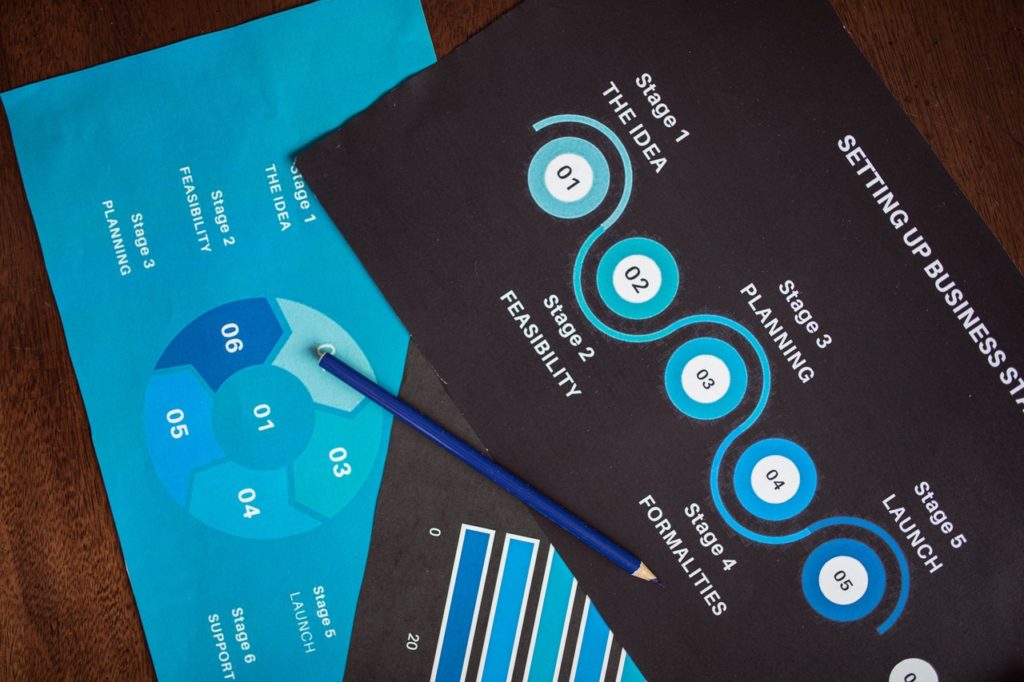DISCLAIMER: This article represents my personal views and not those of my employer or any affiliated organizations.

The job search market is more competitive than ever.
You must perform due diligence to work with the top companies and get a good deal for yourself.
Traditional job searching is not going to benefit you.
Traditional searching moves at a snail’s pace, your resume goes into a black hole, and that lessens your likelihood of attaining the job you want in a timely manner.
To get the job you want, you have to use unconventional tactics, and augment your search with external recruiters.

Your Job Search is like a Sales Cycle!
Even if you haven’t worked in sales, you will find that a job search has many similarities. The difference is that you’re not selling a product, you’re selling YOU.
What are the similarities?
– Your company / role wishlist is like a prospect list
– LinkedIn connections are your sales outreach
– Your resume is your sales presentation
– Working with recruiters is partnership building and scaling, which helps with efficiency
– Signing your offer letter is a business contract
– Negotiate your severance
– Grill your hiring manager for red flags
– Maximize your benefits
If you’re a new grad, you may also find my article, “New Graduates: How to Get a Job Post-Crisis” helpful.
Let’s move into some tips that will help you through each process stage.

Prospecting
Start by using LinkedIn Search filters.
Think about whether you want On-Site, Remote or Hybrid work.
Select the criteria of where you want to work (if On-Site / Hybrid).
Save potential jobs to LinkedIn Jobs page.
Unsave jobs which you’ve already applied to.
Outreach
Create a script for recruiter/hiring outreach that fits basic LinkedIn connection request size.
Example: “Hi Hiring Manager, I’m Candidate Name. Appreciate your help here: I noticed Role Name opening at Company. With experience in Skill 1, Skill 2 and Skill 3, it looks to be a great fit. Would you be the best point person? Thanks, Candidate Name”
Focus only on people that matter – Hiring managers in your discipline, internal recruiters and HR.
Go down your prospect list and customize the script when reaching out.
Reach out to everybody that fits the above job titles.
Once that’s complete, move on to the next role/company.
Do NOT fill out Applicant Tracking Systems (i.e. Greenhouse, Lever, etc.) until you READ BELOW.
Applications / Applicant Tracking Systems
Only use ATSes after you’ve reached out to people at the company on LinkedIn.
If the ATS asks you to re-enter resume information you’ve already uploaded, quit the ATS.
The purpose of filling out the ATS is to contact a recruiter to tell them you applied.
If you cannot find a contact at the company, and you MUST use an ATS, follow these best practices!
Revise a new resume each time you submit to an ATS.
Add as many keywords/skills from the job descriptions as you relevantly can, WORD for WORD. ATSes are simply search crawlers that match resume keywords to job descriptions.

Working with Recruiters
Search for “staffing” or “recruiting” in your discipline / industry.
Reach as many external recruiters as possible.
You can also reach external recruiters by asking friends or internal recruiters who’ve rejected you.
Lead by asking if the recruiter has an exclusive relationship with their client.
If they do not, politely decline.
Give the recruiter your highest salary expectation, they get paid more for higher negotiations.

Interviewing
Research interviewer’s profile before you speak with them.
Pay attention to details about mutual connections, organizations, interests, hobbies, and location/hometown.
Interviewing is 50% not about your skills, but about your likability and shared connections.
Try to use the “business sandwich” model: Open with small talk. Discuss the business at hand. Close with small talk.
It’s important to keep a balance between how much each person is talking.
If the interviewer is making you talk too much, pass the ball back into their court during questions.
If you feel the interviewer is talking too much themselves, interject with some questions.
REMEMBER: It’s OKAY to write a follow-up email elaborating on your conversation! Given that an interview is only 30 minutes to an hour, you may think of things you didn’t remember.

Post-Offer
Got an offer? Congratulations!
You will first get a verbal offer. Wait until HR sends the paper offer letter.
You’ll have about a week to sign the offer letter, but can ask for slightly more time.
This is NOT the end of the process, though most people think it is.
Now the negotiating power is in your hands.
Negotiation
By receiving an offer letter, you now know you are the company’s final candidate choice.
What do you think of the offer letter? Is the compensation right? Bonus? Stock? Benefits? PTO?
These items are all still negotiable, but you’ll have to do it gently.
You do not want to leave money on the table.
Did you know you could pre-negotiate your severance? (some companies will not do this)
The HR team will likely ask why you’re requesting pre-negotiated severance. Explain that even the best companies have layoffs, and this helps provide a sense of security.
After negotiating your terms, HR will send over a revised offer letter.
Way to go! You’ve negotiated an offer letter that both you and the company is pleased with!

Would love to hear questions on this topic
Pingback: What to Do After a Layoff! - Origin Story
Pingback: What to Do After a Layoff! | Origin Story
Pingback: Apply for Jobs Easily with ChatGPT AI - Origin Story
Pingback: Apply for Jobs Easily with ChatGPT AI | Origin Story
Pingback: Bank Bonuses: An Easy Way to Make Money - Origin Story